Ho Dynasty Citadel is an ancient stone architectural work, a masterpiece demonstrating the extraordinary talent and intelligence of the Vietnamese people, containing many mysteries, interspersed with legends.
The urgent capital relocation, Ho Dynasty Citadel was built in an unimaginable time with a huge amount of work. To build Ho Dynasty Citadel, Ho Quy Ly had people dig and fill up to 80,000 cubic meters of soil, exploit, transport and install from 20,000 - 25,000 cubic meters of slate. Such a large architectural work had to be completed in a short and urgent time because at this time, the Ming army was threatening to invade our country.
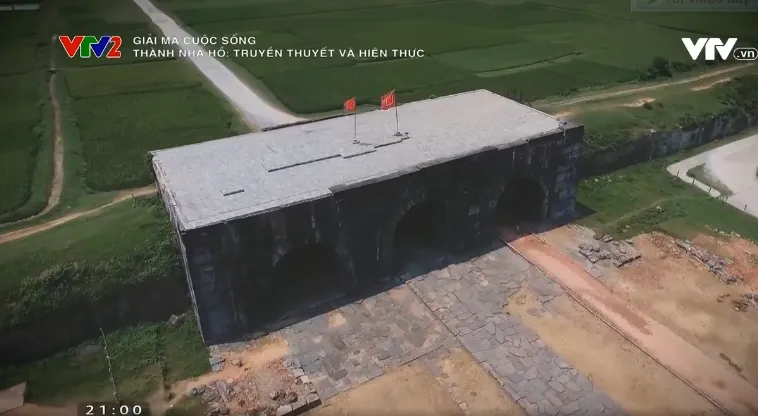
Until now, there are still countless mysteries about the construction process of the citadel, buried deep inside the sections of the wall that have been overgrown with bushes or buried under the foot of the citadel. And archaeological excavations have only revealed some of those mysteries so far. However, there are still mysteries that have become legends...
Binh Khuong Temple

Binh Khuong Temple in Dong Mon village, Vinh Long commune, Vinh Loc district is closely associated with the history of the formation of the Ho Dynasty capital. This is also the world cultural heritage of Ho Dynasty Citadel honored by UNESCO.
There is an incomplete section of the wall that has existed for hundreds of years, associated with the story of Binh Khuong throwing herself into the rock to die with her husband, which is one of the haunting mysteries that has drawn a part of the history of the stone citadel's construction. Compared to the three remaining walls, the eastern wall is probably the one that still retains its shape, structure, materials, and height relatively intact. For more than 600 years, this section of the wall has stood tall as if it had not suffered any erosion from time.
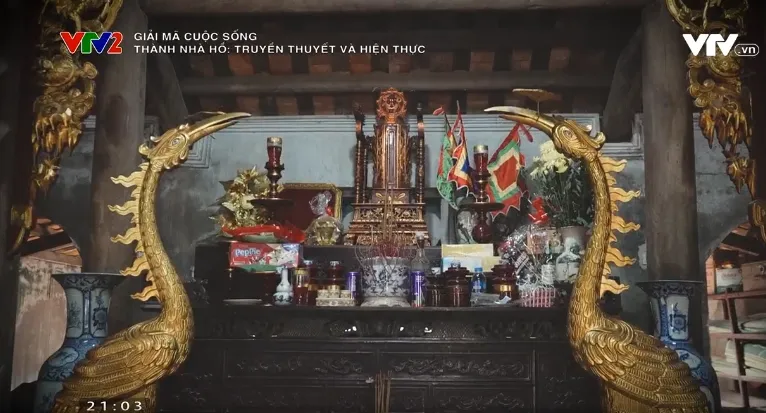
However, there is a short section of the wall that is completely different from the structure of the wall. This is considered the cruel section of the wall where the unjust tragedy began. The legend is like that, but the respect of the local people for Binh Khuong is real. The incense smoke in the temple has never cooled and their belief has been more grounded when the temple was restored.
It is possible that legends are always associated with a historical event, which is also common in reality. The story of the construction of the Ho Dynasty Citadel and the death of Binh Khuong and her husband is no exception. From the perspective of cultural researchers, the connection between legends and historical events can also be partly explained.
Pair of Headless Stone Dragons
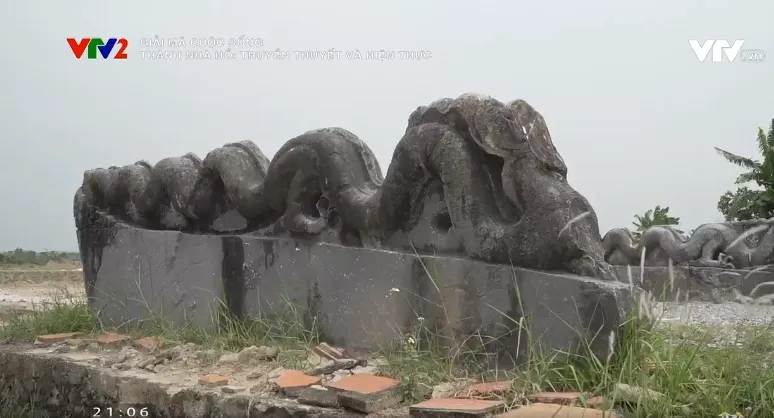
In the central area of Ho Dynasty Citadel, there is still a pair of stone dragons. This is a valuable evidence remaining in the inner city of Ho Dynasty Citadel. The pair of dragons is 3.8m long - the largest pair of dragon statues discovered in the feudal dynasties of Vietnam.
The pair of dragons are exquisitely carved from a single block of green stone, their bodies gradually tapering towards the tail, curving into 7 bends, with scales covering their bodies. The dragons have 4 limbs, each with 3 claws. The gaps under the belly and the triangular panels that form the steps are all carved with chrysanthemums, with soft, meticulous flower hooks.
In the history of each feudal dynasty of Vietnam, there was a dragon as a symbol. Each period had its own way of recognition and so did the Ho Dynasty dragon. When studying the shape of the pair of dragons, researchers have put forward hypotheses to explain their existence.

The special thing here is that the pair of stone dragons are no longer intact but have lost their heads. This issue is still a mystery, the cause of many rumors spreading among the people. Many people tell anecdotes about fire-breathing dragons whose heads were destroyed by people. However, researchers have all denied this legend.
During the excavation, the Ho Dynasty Citadel Heritage Center also discovered a number of other headless animals such as the stone unicorn. In fact, from the location where the pair of dragons were discovered, other mysteries were gradually revealed as archaeological excavations were conducted. Although not complete, the pair of stone dragons is also the basis for archaeologists to assess the structures of the Ho Dynasty Citadel that once existed.
Source: https://vtv.vn/doi-song/giai-ma-cuoc-song-thanh-nha-ho-tu-truyen-thuyet-toi-hien-thuc-20221209133744096.htm






























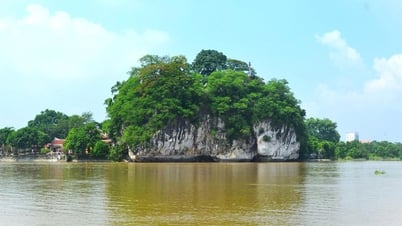





























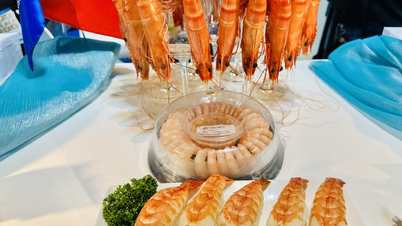

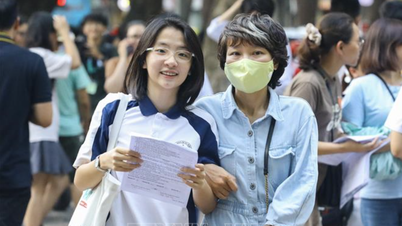

















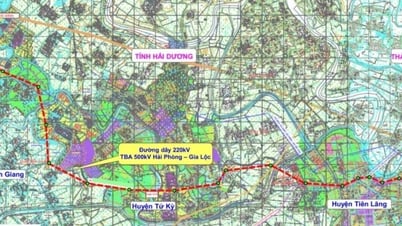

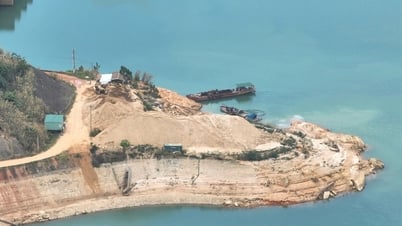










![[OCOP REVIEW] Tu Duyen Syrup - The essence of herbs from the mountains and forests of Nhu Thanh](https://vphoto.vietnam.vn/thumb/402x226/vietnam/resource/IMAGE/2025/6/5/58ca32fce4ec44039e444fbfae7e75ec)




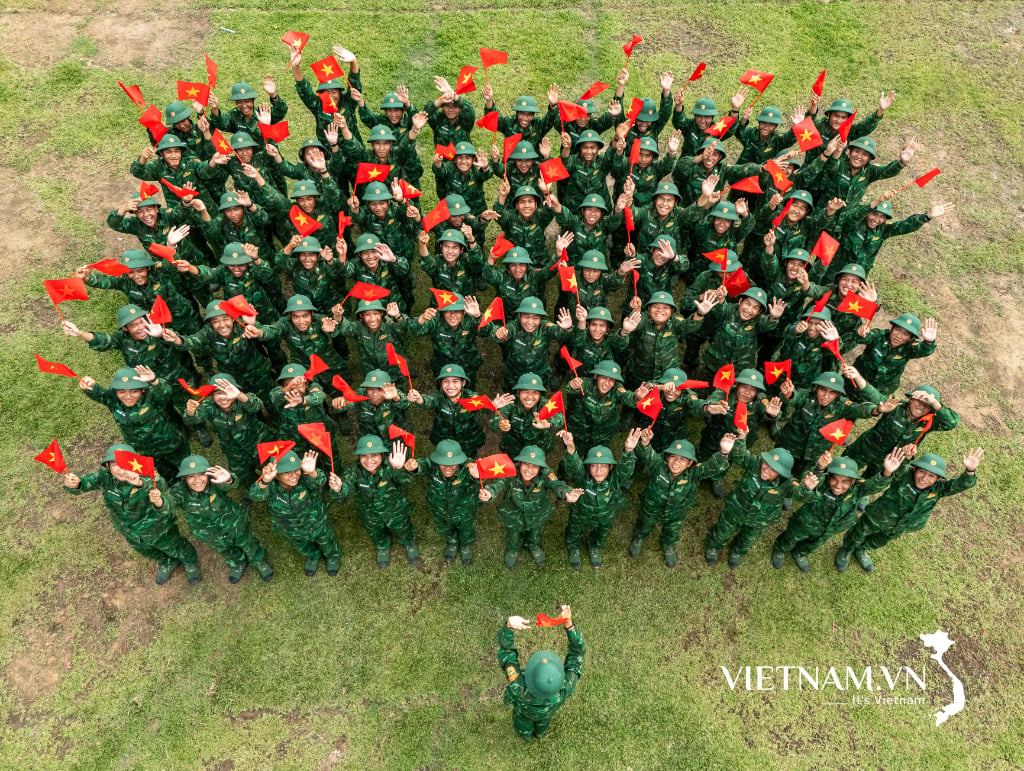


Comment (0)